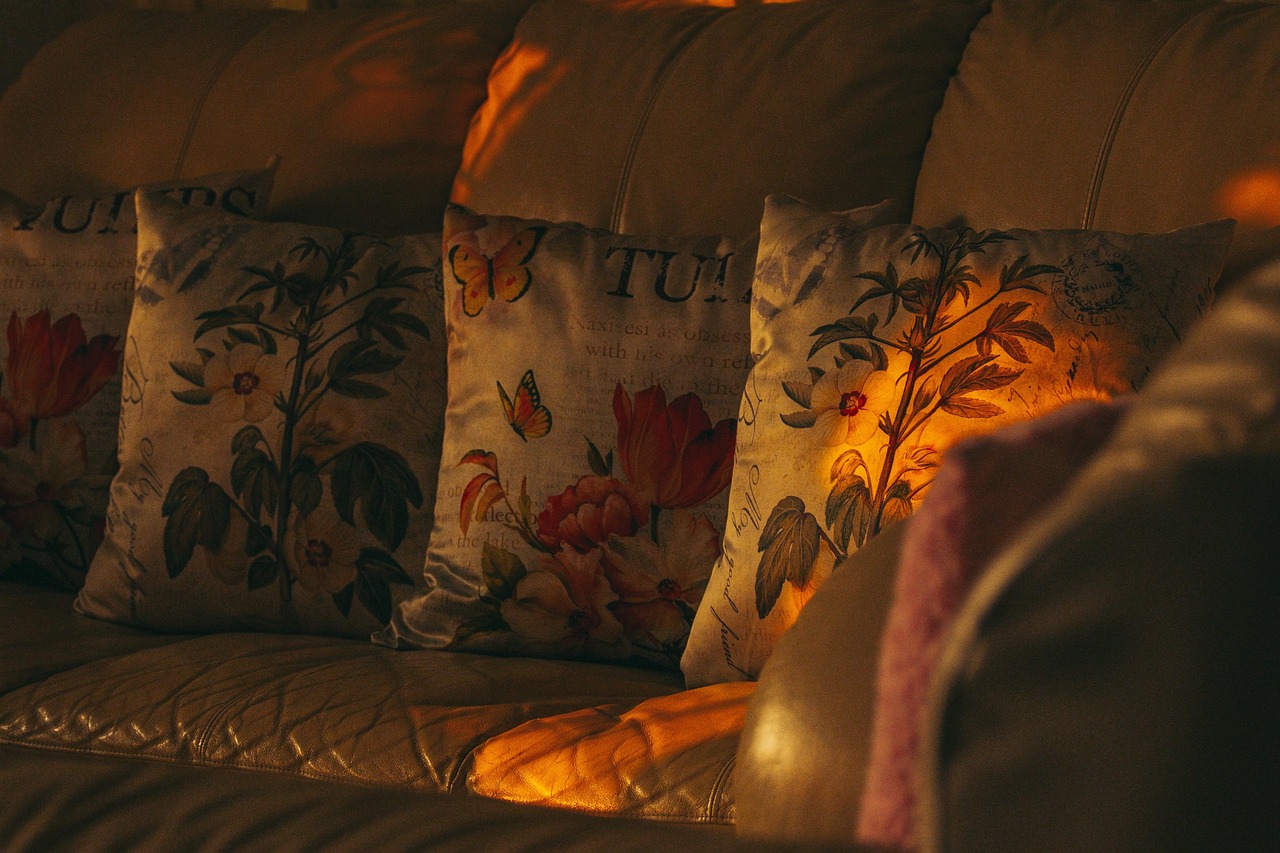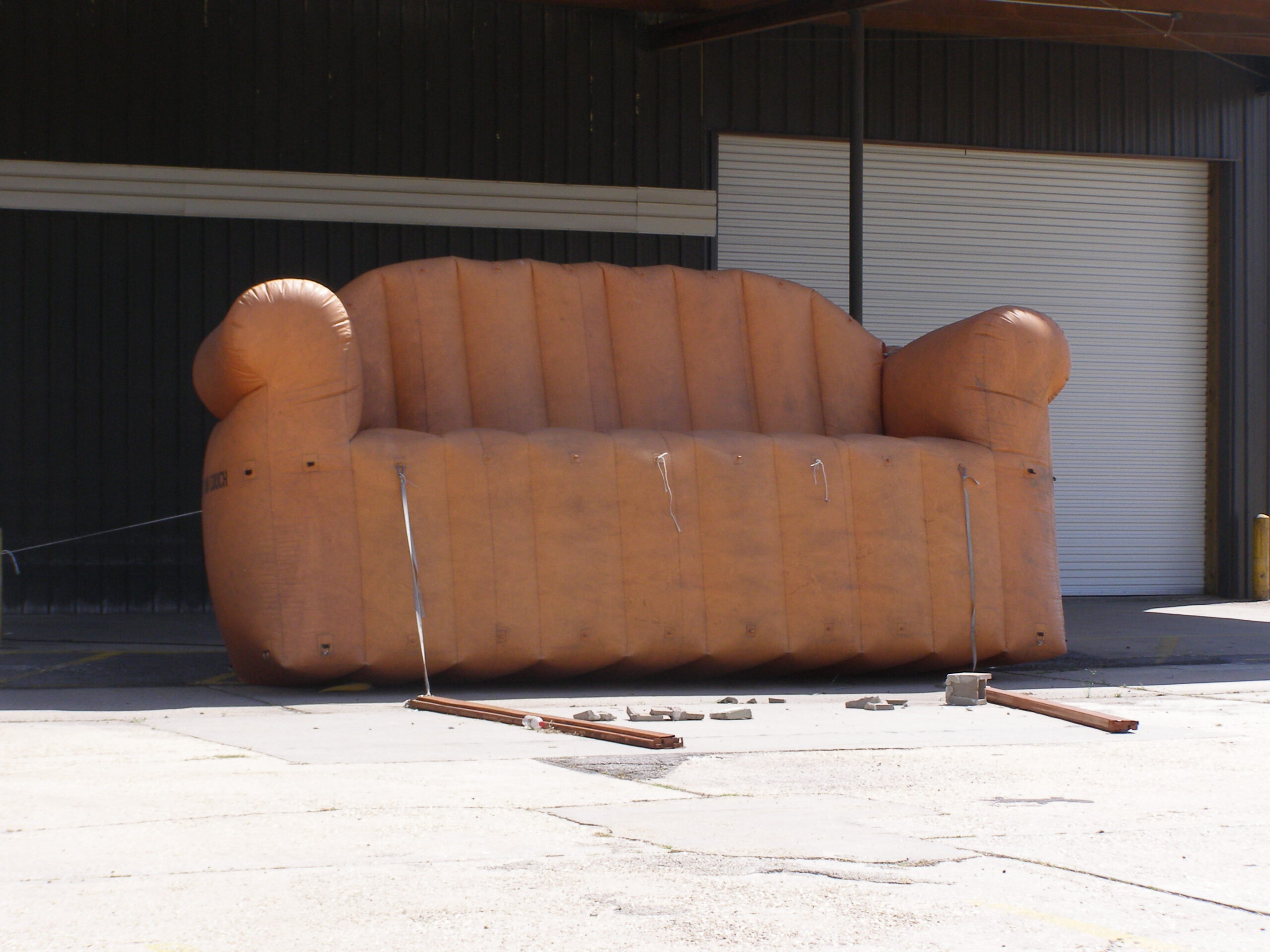The Overstuffed Recliner Catastrophe
The overstuffed recliner, once a staple of suburban living rooms, is now widely shunned by interior designers. According to recent surveys by design magazines in 2024, 82% of professionals voted recliners as the least desirable seating choice for modern homes. The main critique is their bulky frame and dated look, which overwhelms most spaces and clashes with today’s trend toward lighter, airier rooms. Designers also point out that these sofas often use synthetic, low-quality materials that wear out quickly and can look shabby within a few years. Functionally, their mechanisms break down fast, leading to expensive repairs or replacements. Many designers reference a 2023 study that found recliner sofas are three times more likely to break within five years compared to fixed-frame sofas. As a result, these clunky pieces have all but disappeared from curated interiors.
Faux Leather Disaster

Faux leather sofas, especially those made with PVC or polyurethane, have fallen out of favor due to durability and environmental concerns. Recent industry reports from 2024 highlight that faux leather cracks and peels rapidly, especially in homes with sunlight exposure. Designers cite data from furniture repair shops showing a 60% increase in faux leather sofa repairs in the past two years. Environmentally, the production of synthetic leathers relies heavily on fossil fuels and releases toxic byproducts, making them a target for eco-conscious designers. Many interior experts now opt for real leather or sustainable fabric alternatives, noting that faux leather’s lifespan is often less than half that of genuine leather. As sustainability takes center stage in design discussions, this sofa style is quickly becoming obsolete.
The Tufted Chesterfield Trap
While once considered a timeless classic, the heavily tufted Chesterfield sofa is now seen as impractical and old-fashioned by many designers. In a 2024 poll conducted by a major interiors website, over 70% of designers stated they avoid Chesterfields for modern projects due to their formal, heavy appearance and uncomfortable seating. The deep button tufting not only collects dust and pet hair but also makes cleaning a nightmare, as highlighted in a 2023 home hygiene study. Additionally, their rigid, rolled arms can feel uninviting and restrict lounging. Designers now prefer softer, more relaxed silhouettes that invite comfort without sacrificing style. The Chesterfield’s association with stuffy, traditional decor has led to its steady decline in contemporary homes.
The Sectional That Swallows the Room
Oversized sectional sofas, especially those with attached chaise lounges and bulky arms, are now frequently passed over by designers. Recent home layout research from 2023 shows that such sectionals often dominate living rooms, leaving little space for movement or additional furniture. Designers argue that these massive pieces can make even large rooms feel cramped and unbalanced. A survey by a prominent design association revealed that 67% of pros prefer modular, lighter sectionals that can adapt to changing needs. Bulky sectionals are also difficult to move and rarely fit through standard doorways, creating headaches during relocations or remodels. As open-plan living becomes more popular, designers focus on flexible seating solutions that don’t overwhelm the space.
Microfiber Monotony
Microfiber sofas, praised in the 2000s for their stain resistance, are now avoided for their lack of character and tendency to look cheap. According to upholstery industry data from 2024, microfiber has lost significant market share, with consumers and professionals seeking richer, more tactile fabrics. Designers note that microfiber’s uniform texture can make a room feel flat and uninspired. There’s also the issue of static: microfiber attracts lint, pet hair, and dust, leading to more frequent cleaning. Some allergy studies from 2023 also pointed out that these sofas can harbor allergens more than natural fibers. The shift toward linen, velvet, and performance fabrics is a clear sign that microfiber’s reign is ending.
Overly Ornate Victorian Throwbacks
Victorian-inspired sofas, with their heavy carvings, velvet upholstery, and elaborate detailing, are almost universally avoided by contemporary designers. In a 2024 style survey, more than 80% of designers labeled ornate Victorian sofas as “outdated” and “impractical.” These pieces are difficult to pair with modern decor and can make a room feel dark and cluttered. Maintenance is another drawback—dust and dirt settle into the intricate woodwork and plush fabric, requiring constant attention. Designers also note that younger clients now associate this style with older generations and prefer cleaner, more minimalist lines. As a result, Victorian sofas are rarely seen outside of period dramas or museum settings.
The Inflatable Sofa Gimmick

Inflatable sofas, while sometimes used for temporary or outdoor seating, are considered a gimmick by professional designers. Market data from 2024 shows that inflatable furniture has a high failure rate, with seams and valves often failing after minimal use. Designers argue that these sofas offer little in terms of comfort, stability, or aesthetics, and can deflate unexpectedly, causing frustration and embarrassment. Consumer feedback often mentions the “cheap” look and the awkwardness of sitting on a plastic surface in a living room setting. While they might appeal for a festival or children’s playroom, designers agree that inflatable sofas have no place in serious home design projects. Most professionals recommend spending a bit more for a well-made, durable sofa that will last for years.

Renowned for her warm and inviting aesthetic, Joanna Gainsley has revolutionized modern farmhouse design. In The Cozy Home Guide, she shares practical tips on how to make any space feel like a sanctuary.
